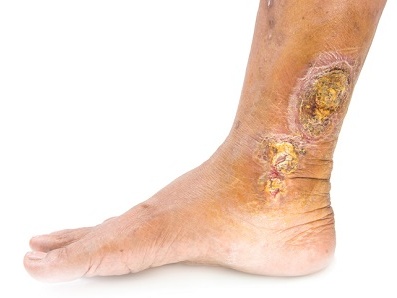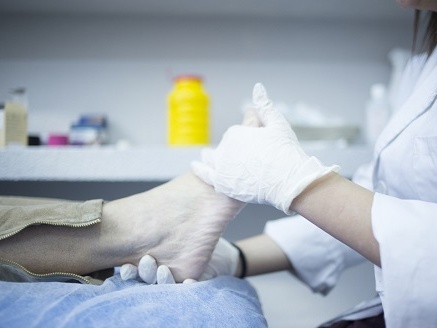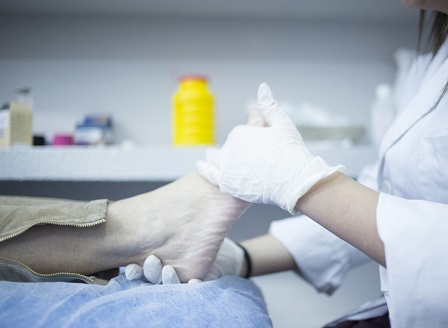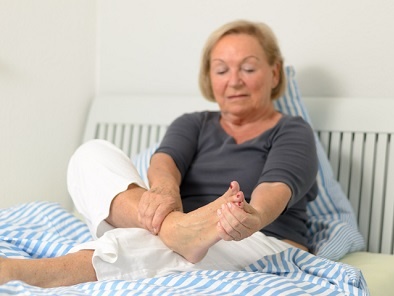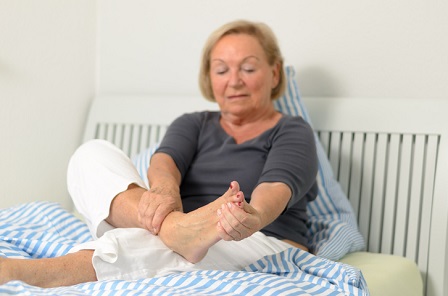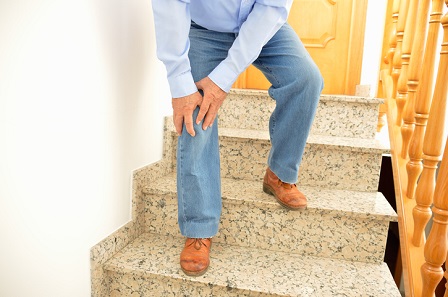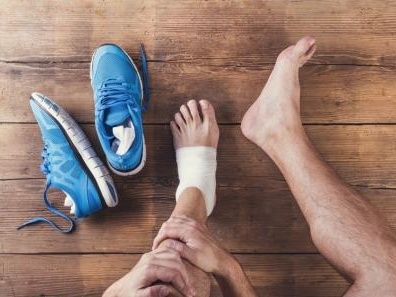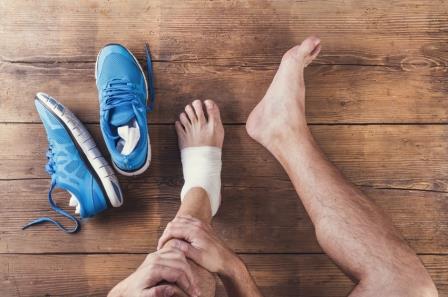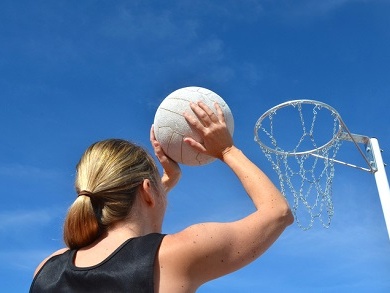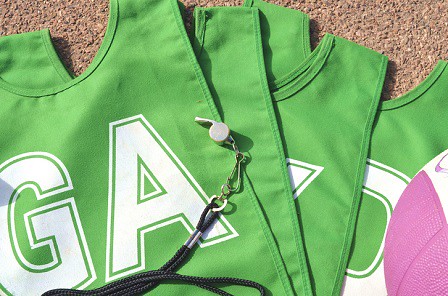If you’ve recently been diagnosed with diabetes, suddenly your calendar will fill with appointments for a whole team of health professionals such as a dietitian, optometrist, endocrinologist, and podiatrist, as well as your GP.
Some will help you to manage your condition, while others aim to prevent some of the complications which commonly arise. For example, as a diabetic, your risk of developing foot problems rises significantly due to two common features of the disease:
- Reduced blood flow to the feet – which means any sores or other problems will take longer to heal; and
- Reduced sensitivity of the nervous system – which means the diabetic individual may not even notice blisters, pain or sores developing on their feet and lower limbs in the first place.
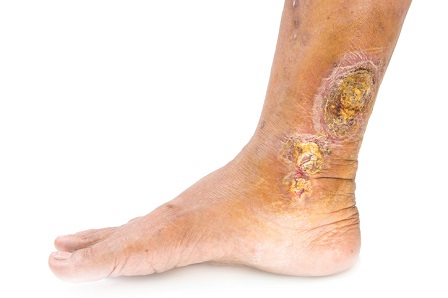
How Often Should a Diabetic see a Podiatrist?
Due to this increased risk of foot problems, it is recommended that diabetics visit their podiatrist for a diabetic foot assessment regularly; the frequency depends on the type of diabetes.
- Type 1 diabetes – for those with type 1 diabetes, a diabetic foot assessment every six months is advised.
- Type 2 diabetes – the risk is slightly less for those with type 2 diabetes, so an annual checkup is usually recommended.
While podiatry services in Australia generally aren’t covered by Medicare, as an individual with a chronic health condition you may be able to access a rebate if you have a referral from your GP.
What’s Involved in a Diabetic Foot Assessment?
As part of a diabetic foot assessment, your podiatrist will check:
- The blood flow to your feet by recording the pulse rate in two places – on the top of your foot (the dorsalis pedis), and the inside of the ankle (tibialis posterior). Should there be any concerns about reduced blood flow, your GP will be notified and you will need ultrasounds and further investigations.
- Your podiatrist will also check the sensitivity of the nerve endings in your feet. While you have your eyes closed, you will be asked to identify different sensations, such as sharp, blunt, hot, or cold. While most people take these sensations for granted, the nerves can be damaged by diabetes.
You can see why it’s really important for diabetics to take extra care of their feet: The decreased nerve sensitivity means that as a diabetic, you may not feel and therefore notice any sores or other problems; and the reduced blood flow means that the body’s healing ability is impaired.
As a result, if left unnoticed and/or untreated, sores, ingrown toenails and other problems may lead to infection.
Infection can cause serious health complications, such as ulcers and even the possibility of amputation of toes or feet.
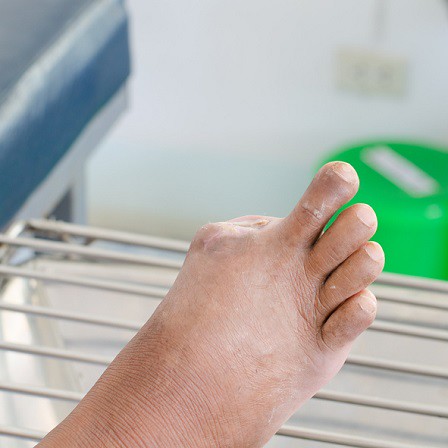
Is There a Diabetes Podiatrist Near Me?
At our Redlands podiatry clinic, we offer personal diabetic foot care to help you manage the risk of complications, by providing you with education and support around:
- Foot hygiene and cleanliness;
- Daily foot examination, to check for visual signs of broken skin, punctures, cuts and wounds, because you may not feel or notice them otherwise;
- Cutting toenails correctly, to reduce the risk of cuts and infection;
- Footwear. This is crucial for diabetics, as poorly fitting shoes can lead to blisters, corns, calluses and worse. At our Redlands podiatry clinic we can provide guidance on the type of shoe and features to look for; we even offer a professional shoe fitting service and stock a range of quality footwear.
Regular appointments with your local podiatrist, in conjunction with the care of your GP, dietitian and other allied health professionals, will ensure that any potential problems associated with your condition can be detected as early as possible – when they are far easier to treat.
If you have ever wondered, “Is there a diabetes podiatrist near me?” – then call our Redlands podiatry clinic today on 3207 4736 to organise a diabetic foot assessment.

